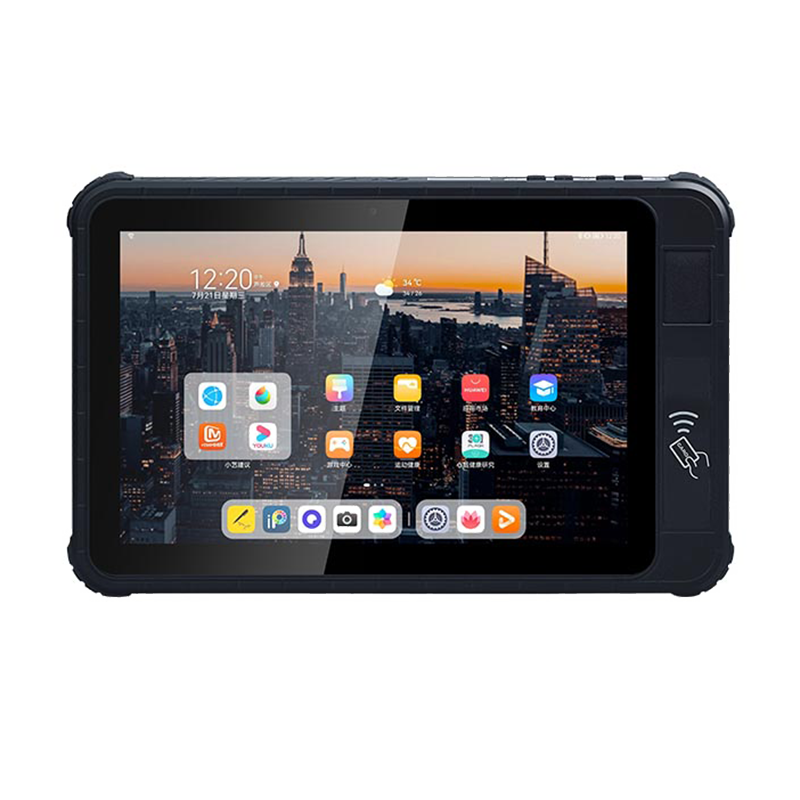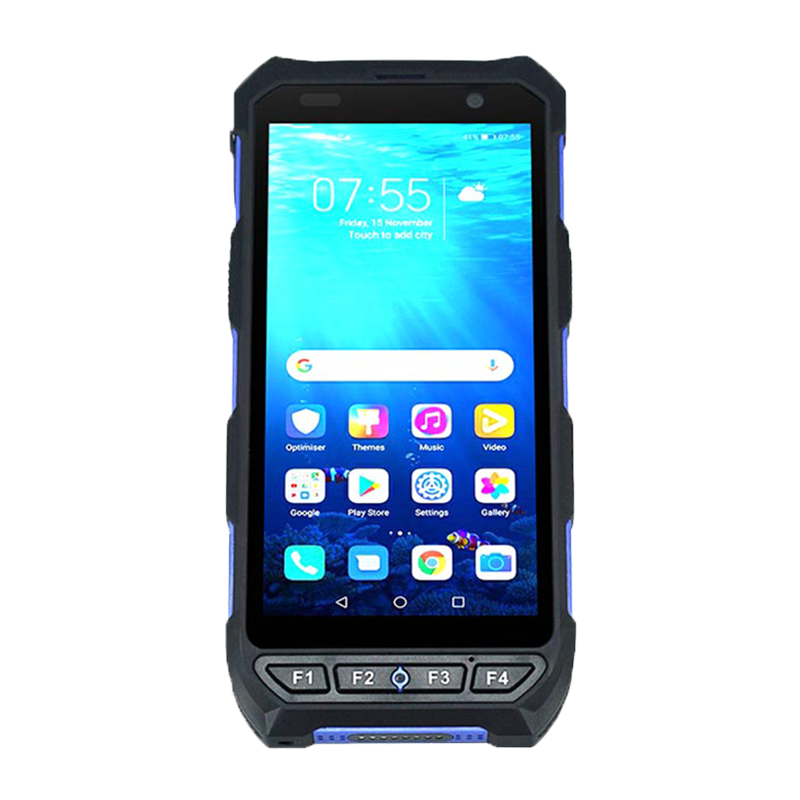A modern city sewerage network is made up of different size pipes. It plays a essential role in evacuating rainwater, black water and gray water (from showers or from the kitchen) for storage or treatment.
The pipes for the underground sewerage network are produced from a variety of materials. Ranging from the PVC pipe constituting the plumbing network of your kitchen to the large cement outlets in city sewers, they also have totally different sizes.
The general classification of sewer pipes network
There are two types of general sewerage networks depending on the method of collecting and evacuating wastewater or rainwater:
-The non-collective sanitation installation or ANC;
-The collective or "sewerage" network.
The ANC is a mini pipe system intended to collect and discharge domestic wastewater. It is not discharged into the public sewer network, but storage in private sewage treatment tank such as septic tanks or sumps.
Conversely, "sewerage" network is the facility of a complex big network of sewers. It allows all households in the city to connect their plumbing system to the public sewerage network. The wastewater from every household is discharged to a treatment plant while the rainwater ends up in oil separators.
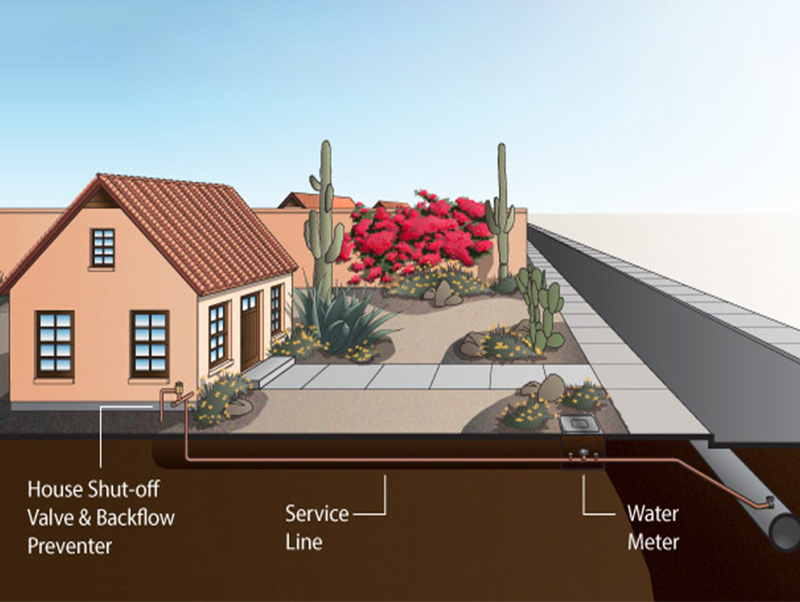
The industrial endoscope camera for sewerage network troubleshooting
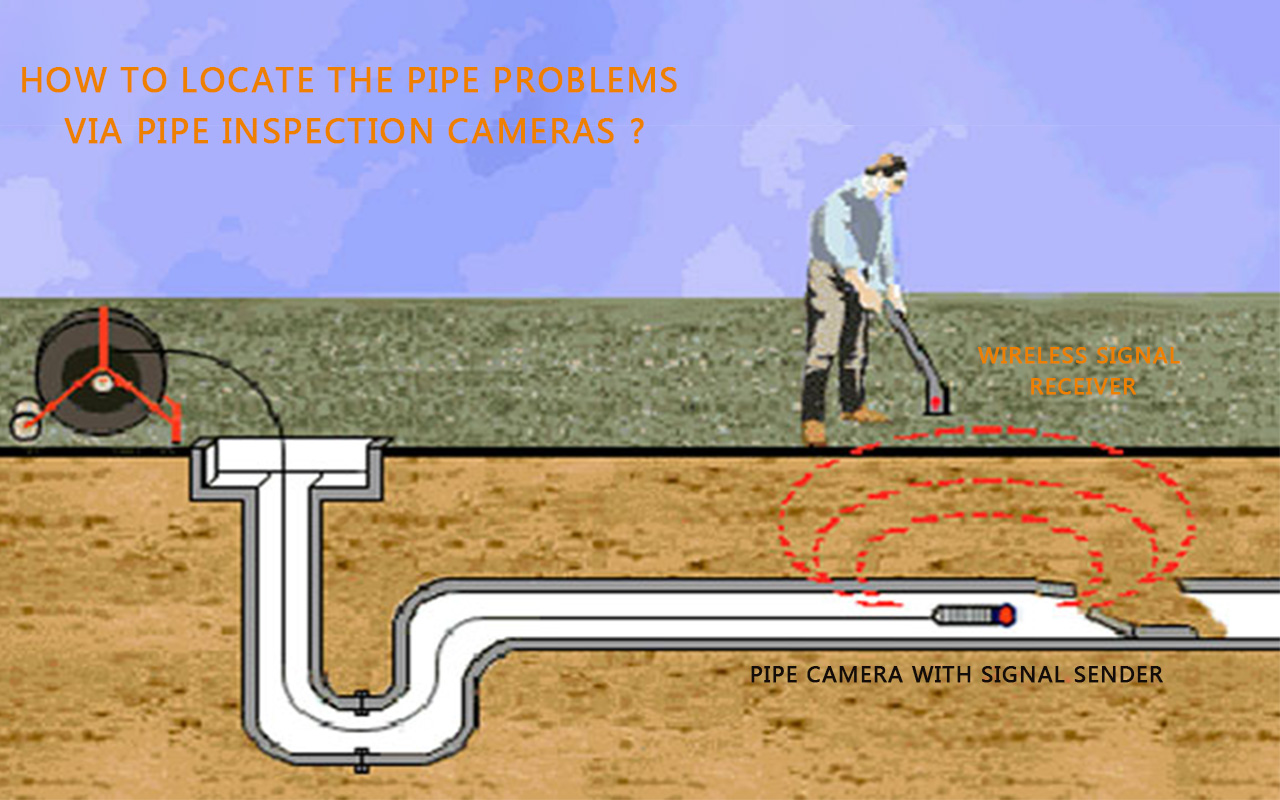
A sanitation plumbing system often needs maintenance to keep best working status.And the industrial endoscope camera is a good tool to check and locate the pipe internal problems . Problems with water flow are the first phenomenon of a failure in the pipes. TV or ITV inspection via special endoscope camera allows checking of the interior problems of the pipes and locate the area where need to be repaired. Each type of sanitation network requires corresponding industrial endoscope equipment.
What does a Pipe inspection camera consist of ?
All televised pipe inspections devices follow the same steps. First, need to clean the pipe carefully before its televised inspection. This high pressure water cleaning allows it to be cleaned and guarantees better camera visibility during the inspection process.
Then, the filed worker introduces a radial rugged camera or a camera mounted on a motorized trolley. Move the camera methodically manually or with a remote control. The slightest structural or functional defect will be detected during this inspection process ,and it will be noted in a final report called a televised inspection report.
The precise pipe diagnosis facilitates the restoration of the domestic sanitation network. It allows worker to detect and locate the presence of roots, breakages, cracks, crushing or leaks in one of the branch pipe lines of the whole network. Note when you prepare to unblock a clogged pipe, it is necessary to perform an unrelated flash ITV (rapid television inspection).
Easier and faster Pipe repair via a profession pipe inspection camera .
A professional televised pipe inspection device helps to assess the status of a sanitation pipe network easily . It shows both the tightness of a new network and the working state of an aging network. In addition, it is critical to ensure the rehabilitation of a pipe network by a precise defect diagnosis, to check the presence of objects likely to block a pipe, to validate a new pipe network whether comply with the standard, to trace the status of the pipes in the purpose of making a repairment plan.
So,now it is clear that wastewater and rainwater pass either through collective pipe sewerage networks or through non-collective sanitation pipe networks. Television pipe inspection is necessary to ensure the normal working of these pipe networks.
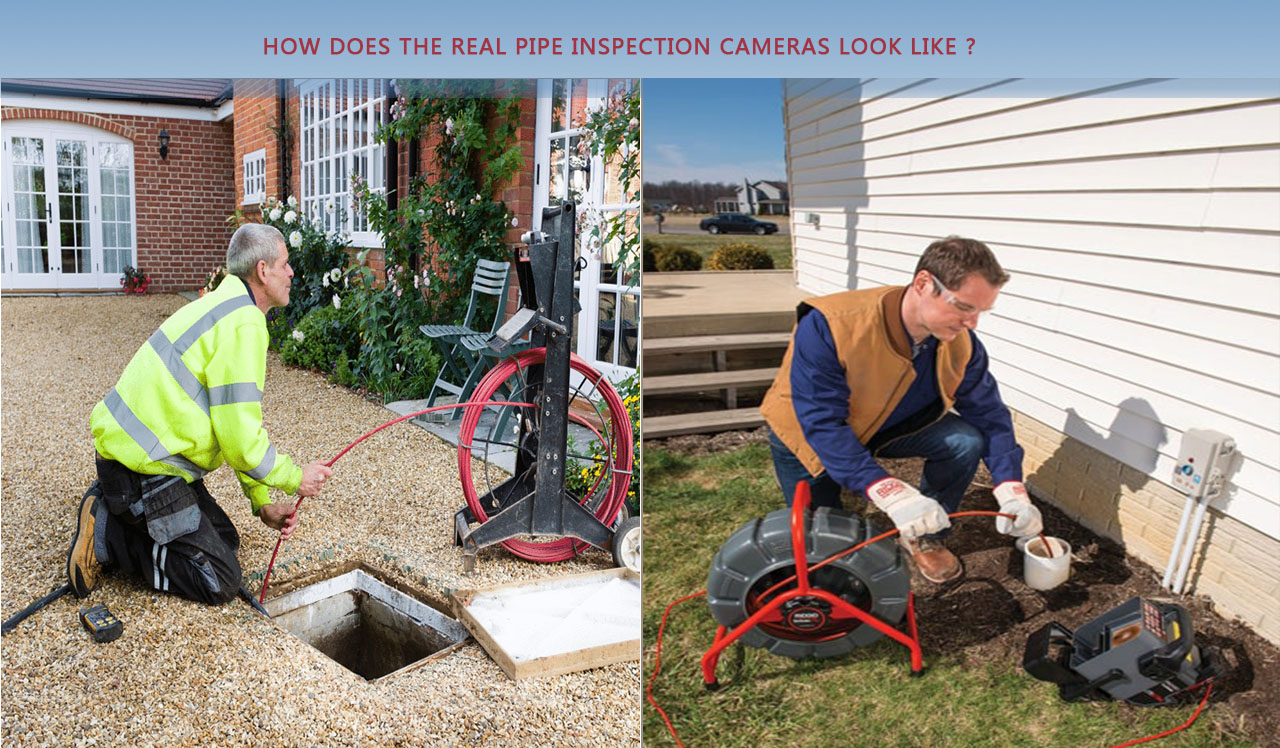
Post time: Jun-16-2022

